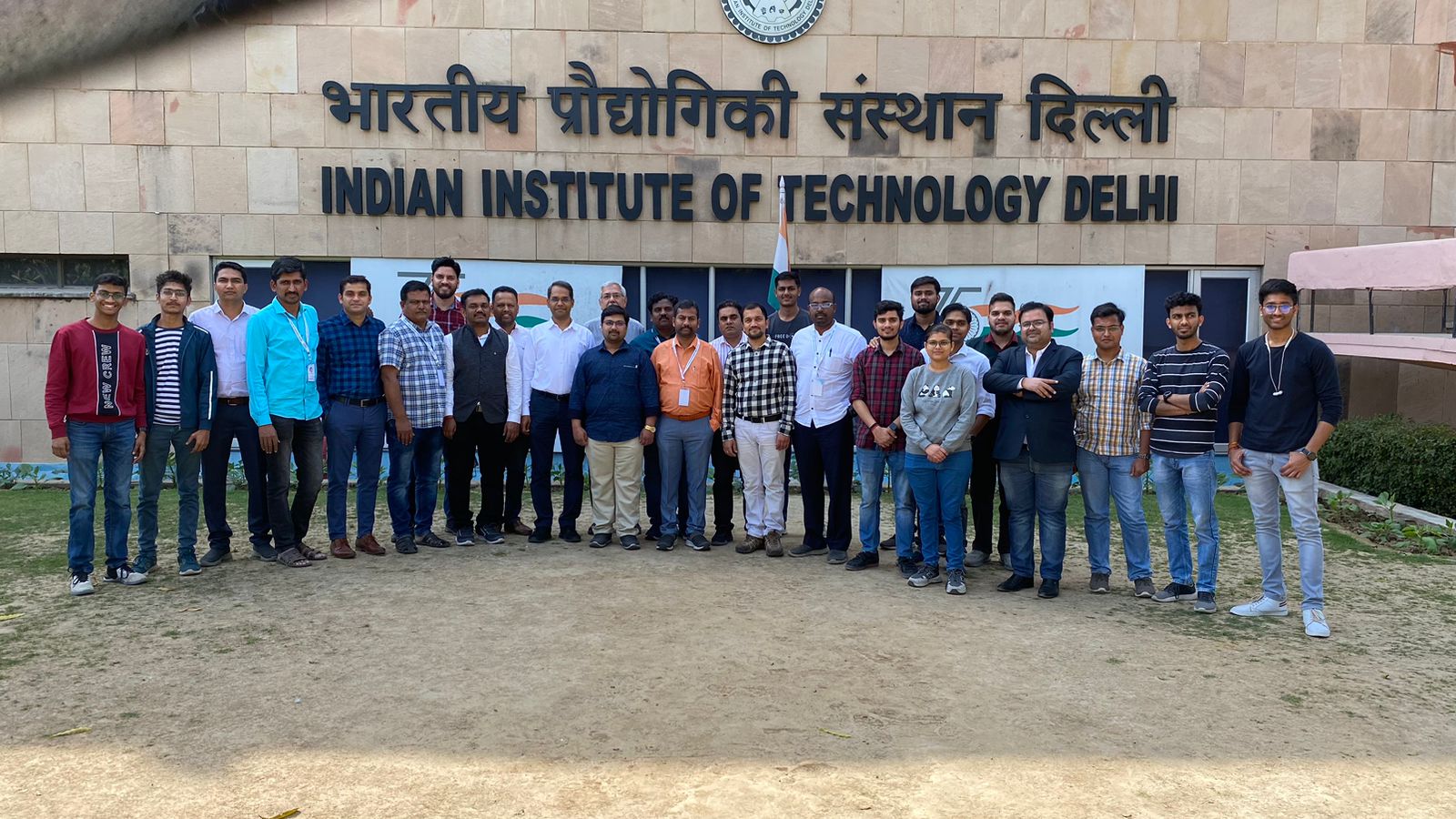The core idea of Industry 4.0 is being connected with intelligent products that communicate with users or other products, enabling new digital business models that shall harness collected data to offer additional services which will lead to the formation of a fully digital value chain.
The digital universe is expected to grow to around 44 zeta bytes (40 trillion gigabytes) by 2020. Embedded systems data in the Internet of Things is expected to grow from just two percent of the digital universe in 2013 to 10 percent in 2020. The sheer volume of data created within the Internet of Things is so enormous in scale that it cannot be comprehensibly processed in conventional databases. Detailed and complex nature of data captured by intelligent devices demand advance analysis to derive value out of it.
Industry 4.0 incorporates expanded capabilities for analytics across the plant floor for devices, machines and systems throughout the enterprise. To deliver best in class manufacturing intelligence data is collected from diverse systems such as sensors, control equipment, man-machine interfaces, maintenance management systems, OPC data sources, Historians, custom databases (SQL/Oracle databases), manufacturing execution systems and business applications. Analytics are being computed and used to gain context closest to the source of decision at the appropriate level in the architecture to return the highest value. Four level of analytics are present today - device analytics, analytics for equipment builders, system analytics and enterprise analytics.
New solutions which can be achieved by analytics include remote monitoring, machine performance, device heath and diagnostics, and predictive maintenance to enable companies to derive value from their data more quickly, easily and incrementally. At the enterprise level, these solutions offer more powerful ways to integrate plant-floor data into business intelligence strategies. Analytics of the data allows it to be presented as information relevant to the user’s role and responsibility within the organization. For example:
Machine operators can see machine-level information, such as a dashboard that includes OEE gauges, time, fault and part analysis, OEE by hour with a target including a tabular event detail list
Plant managers can view plant-level Key Performance Indicators like a Production Scorecard – replacing a manual production summary that most of them update manually
Operations executives can see enterprise-wide reports, for example a plant-to-plant comparison of real-time production and financial performance



 FSM Faculty & Trainees from HAL Bangalore at the IITD Hauz Khas Campus
FSM Faculty & Trainees from HAL Bangalore at the IITD Hauz Khas Campus